After Nearly 30 Years, This New Plasma Weapon Just Might Work
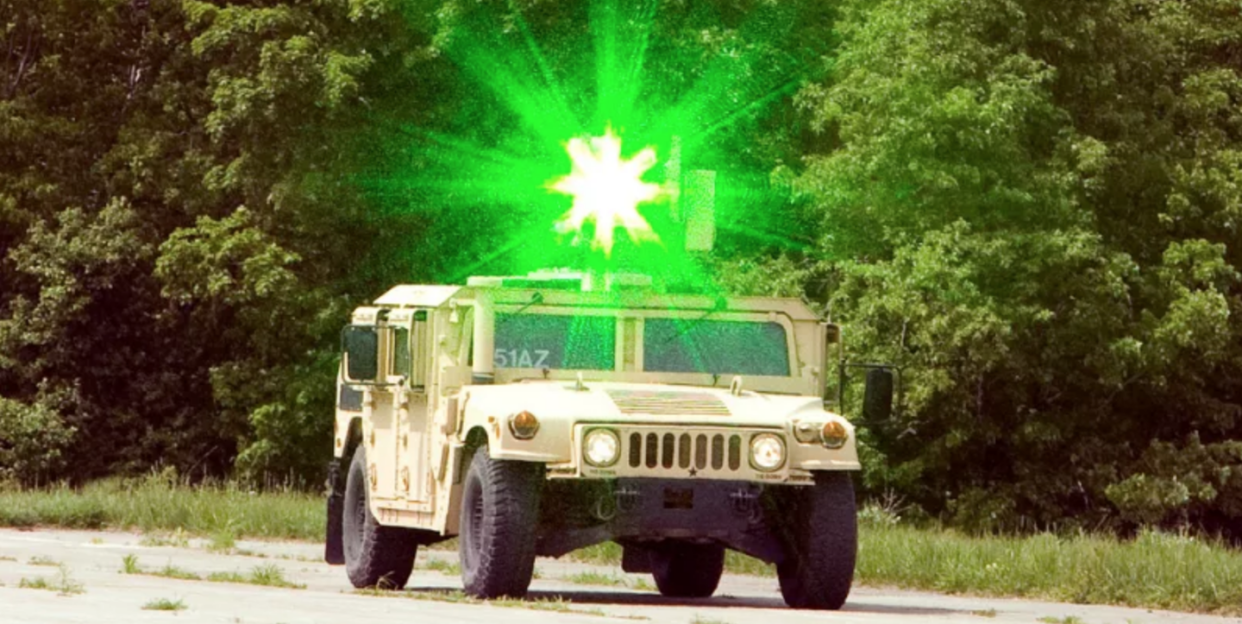
"Hearst Magazines and Yahoo may earn commission or revenue on some items through the links below."
Nearly 30 years ago, inside a classified facility at Los Alamos National Laboratory, researchers test-fired a new type of laser. The target: a piece of wet chamois leather meant to simulate human skin. The intense laser pulse lasted just a few microseconds, but created a brilliant flash and a loud bang, as though the leather had been hit by an explosive projectile.
Those early 1990s tests were part of the Pentagon’s plan to develop a more effective, nonlethal way to engage a target—an area where the services have experienced chronic shortcomings. In 2008, for example, the U.S. Army urgently acquired FN303 paintball guns to help maintain order in detainee camps, though such projectiles were too weak against enraged subjects. And, tragically, “nonlethal” weapons can kill innocent people, which happened in Boston in 2004.
✈ Don’t miss any of our best-in-class military and defense news. Join our squad.
Now, after a quarter-century of research and enough failed exotic weapons to fill a museum, the Pentagon has built upon its myriad failures to create SCUPLS, or Scalable Compact Ultra-Short Pulse Laser System. It’s a nonlethal weapon more akin to Star Trek’s fictional phaser, with the ability to warn, dazzle, deafen, stun, or burn, depending on how you tweak the settings. It’s a promising sign for the Armed Forces, which want an effective weapon that won’t kill—and a cause for concern for others who fear it becoming another instrument for torture.
Lasers 101
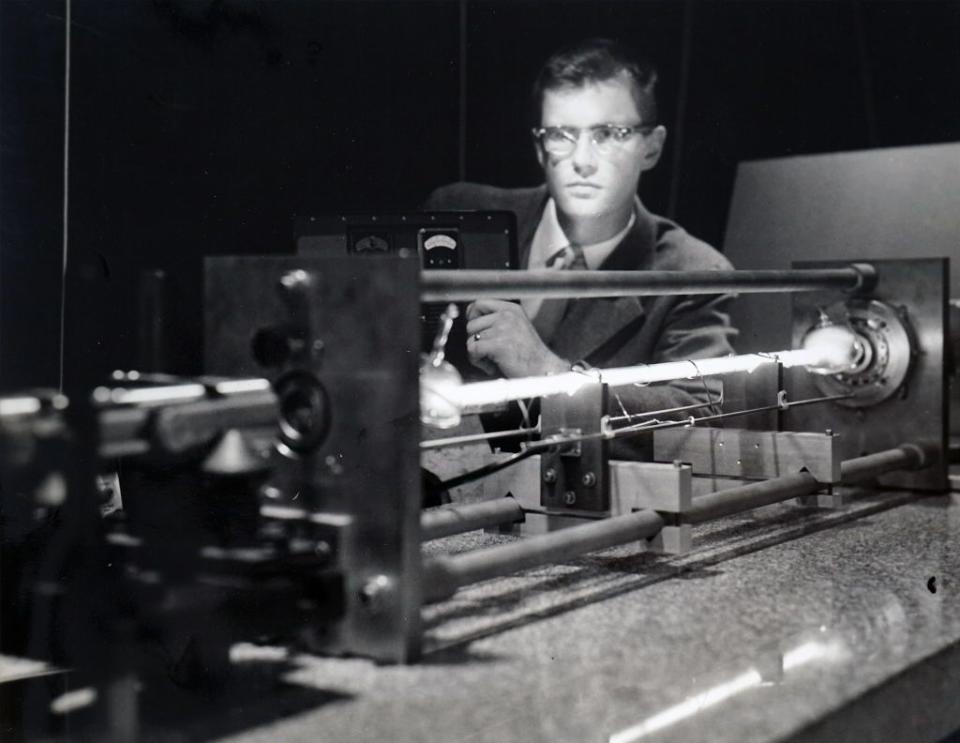
As soon as lasers were invented in the 1950s, the military started turning them into weapons. But one major engineering problem became immediately apparent: getting enough power. While lasers were quickly appropriated as the Stormtrooper’s sci-fi weapon of choice, the challenges of developing such laser-powered weaponry remained insurmountable in the real world.
Fast-forward 30 years and researchers had finally dreamed up a workaround. Instead of firing a continuous beam, weapons would instead fire short but intense pulses rapid enough to vaporize the outer layer of any target. Weapons researchers hoped this “ablation” method might drill right through a target.
Soon, though, the tech hit another dead end. While the beginning of the high-energy laser pulse vaporized the outer layer of the target material, it would then produce a ball of superheated gas known as plasma. This plasma absorbed all energy from the rest of the laser pulse, essentially creating a shield so the rest of the pulses never reached the target.
Weapons designers later learned how to use this plasma to their advantage. A new iteration of the system would use a laser pulse that heated the plasma so rapidly that it exploded. Rather than burning a hole, this type of laser can produce a plasma explosion of any size—from cap gun to stun grenade—just by varying the power.
The new weapon offered long-range laser accuracy and a high rate of fire. Crucially, it also promised “scalable effects,” meaning it could be adjusted from mostly harmless to knocking someone off their feet.
Lasers With a Kick: PIKL, PCL, and PEP
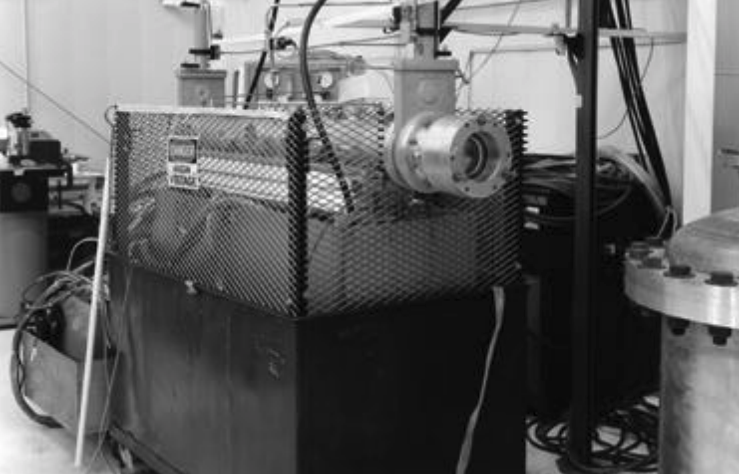
The new plasma-controlling weapon was dubbed the Pulsed Impulsive Kill Laser, or PIKL. As only a proof-of-principle device, the “large, heavy, fragile” electron gun to create the initial beam was replaced with more robust hardware in 1998 to create the Pulsed Chemical Laser (PCL). As with PIKL, this was a chemical laser driven by the high-temperature combustion of deuterium with highly corrosive fluorine.
But even this upgrade wasn’t powerful enough, and a further upgrade followed in 2000 with the Pulsed Energy Projectile, or PEP. After almost a decade in development, the promise of a nonlethal laser weapon seemed possible.
“It’s the nearest thing we have right now to phasers on stun,” said Col. George Fenton, then head of the Joint Non-Lethal Weapons Directorate (JNLWD).
The U.S. military wanted to mount PEP on a Hummer and hit targets from two kilometers away. However, sober analysis showed that while the flash-bangs might look good, they were 100 times too weak to make an effective weapon, so those “phasers on stun” would be much less than stunning.
But PEP didn’t necessarily need to hit hard to have a big effect. Tests on animals indicated that the plasma bursts caused “pain and temporary paralysis.” Researchers found the nerve effects were not caused by shock wave or heat, but by the electromagnetic pulse produced by the expanding plasma fireball. This acted directly on the nerves, like electrical interference affecting a radio.
This unexpected discovery led to fine-tuning PEP’s nervous system effects. The nerve cells which convey pain are known as nociceptors, and the thought was that a pulse could cause “peak nociceptor activation,” creating the sensation of extreme pain without actual damage. It looked like the ultimate in harmless but effective deterrents. In addition to pain, a plasma burst could cause “Taser-like motor effects” or short-term paralysis.
But even with these lofty goals, JNLWD eventually concluded that PEP “could not reproduce the required waveform,” which was a relief to those who were concerned the technology would be adapted for torture.
“This work seems to me to be deeply unethical,” said John N. Wood, professor of molecular neurobiology at UCL in 2009, noting the potential for torture. He was particularly concerned that nerve research for painkillers could be twisted into finding ways to cause extreme pain.
But this wasn’t the end of plasma weapons—they would just take on another form.
You Shall Not PASS
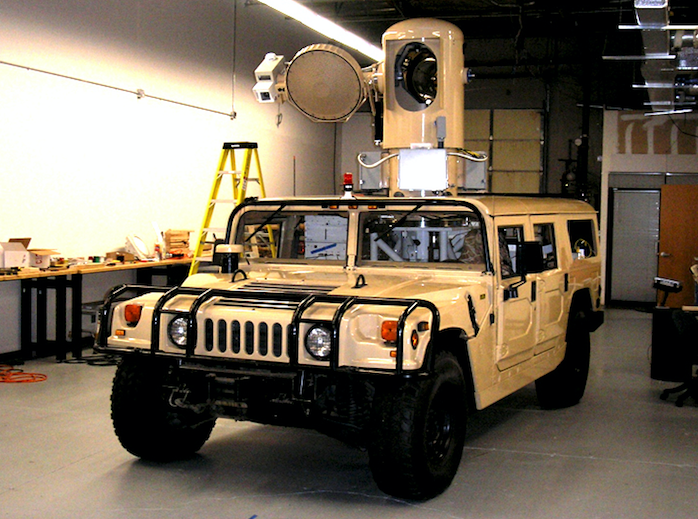
Plasma flash-bangs were not powerful enough to make a weapon, so researchers concentrated on using their light output for visual screening, and what came along was the Plasma Acoustic Shield System, or PASS, in 2013. This time, the goal was to focus the laser mid-air and produce a rapid-succession plasma flash-bang resembling fireworks.
“It uses a programmed pattern of rapid plasma events to create a sort of wall of bright lights and reports (bangs) over the coverage area,” Keith Braun of the U.S. Army’s Advanced Energy Armaments Systems Division told Popular Mechanics at the time.
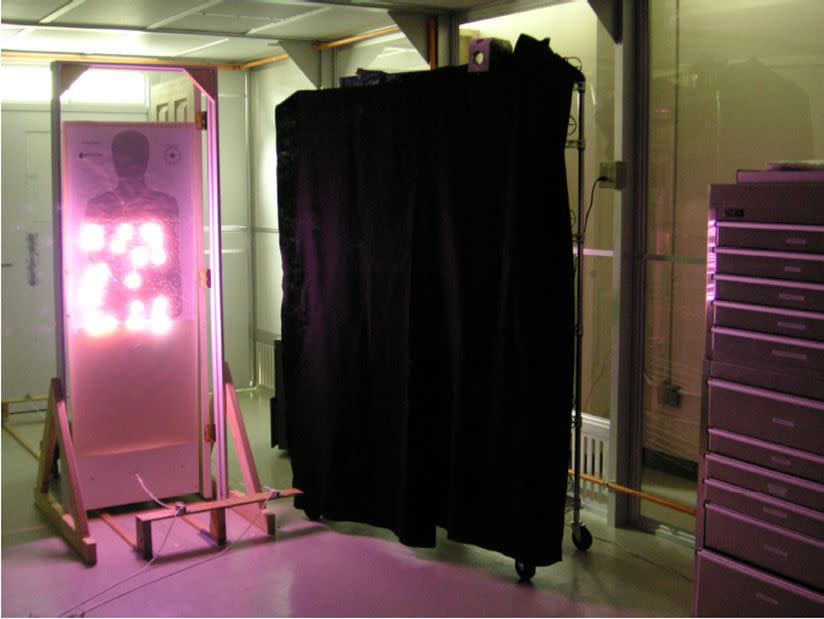
Rather than a chemical laser, PASS used a solid-state, electrically powered laser. But again, even with new technology, the flash-bangs were not strong enough to stun or disable. Instead, the dazzling wall of lights would shield friendly troops, making it impossible for opponents to aim weapons at them. But like other efforts before it, PASS evidently failed and the device’s contractor, Stellar Photonics, soon went out of business.
The JNLWD also had a new application for short-pulse weapons. This was targeted to vehicle windshields in order to stop drivers approaching checkpoints. The plasma explosion would crack the windscreen and produce a dazzling light, making it impossible for the driver to proceed.
The new weapon would overcome a key limitation of military laser dazzlers used in Iraq—at long range they were too dim to be effective, but at close range they could be bright enough to cause eye damage. The windshield laser would have the same effect at any distance, because the plasma burst would always be the same distance from the driver’s eyes.
But even this unnamed windshield laser soon disappeared, but work on short-pulse lasers continued.
The Creepy Laser
In early 2018, the JNLWD showed off a new Laser Induced Plasma Effect (LIPE) device, which produced a rapid series of plasma pulses, much like PIKL in 1998, but it could also be modulated to carry a signal. They released a demonstration video of a laser fireball conveying a barely comprehensible spoken message, described in Popular Mechanics as “the creepiest thing you’ll hear all week.”
This crude demonstration illustrates that a more refined system could transmit orders or instructions to someone a kilometer away, without deafening anyone at closer range.
In September 2018, the JNLWD began a three-year project to finally produce a viable nonlethal laser plasma weapon. The latest addition to the alphabet soup of laser weapon names is SCUPLS, for Scalable Compact Ultra-Short Pulse Laser System, and it will use new short-pulse lasers.
SCUPLS has a triple function, recalling some of the earlier projects: conveying spoken messages at long range, producing deafening flash-bangs either in the air or on a target, and “thermal ablation for pain.” At low power levels it will be able to produce thousands of detonations a second like PASS.
As with PEP, SCUPLS will be small enough to fit on a light tactical vehicle, but it will need to be way more powerful than previous versions.
“We need better lasers with approximately another order of magnitude increase in power per pulse,” says David Law, chief scientist of the Pentagon’s JNLWD. “A next-generation family of ultra-short pulse lasers will be required to enable the fully non-lethal capability at range.”
The higher power will allow SCUPLS to transmit intelligible voice messages out to 1,000 meters, and the flash-bangs will produce a sound level of up to 165 decibels, the equivalent of standing inside a jet engine. In addition, SCUPLS will use wavelengths which are “retina safe,” so they will not be absorbed by the eye, eliminating the risk of exploding eyeballs.
“This would make them inherently much safer in case of inadvertent eye exposure,” said Law.
The phenomena of short-pulse lasers are now far better understood, and the new solid-state lasers are cheaper, more reliable, and more robust than old chemical lasers. SCUPLS, the shouting, shooting, flash-bang-zap nonlethal laser, still looks like something out of science fiction, but this time around there’s a much better chance of it becoming reality.
You Might Also Like

 Yahoo Movies
Yahoo Movies 
